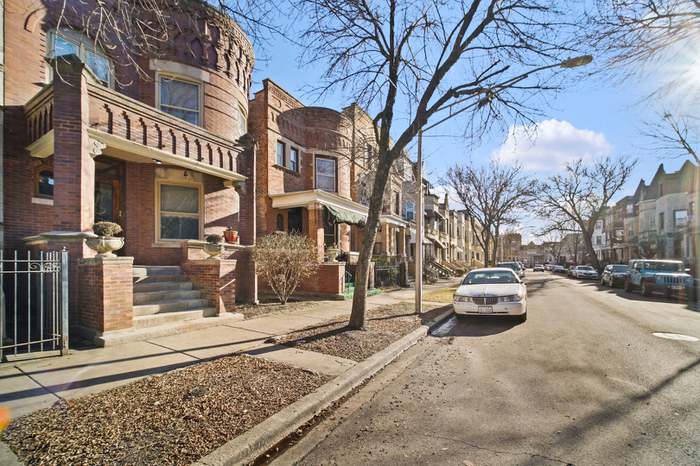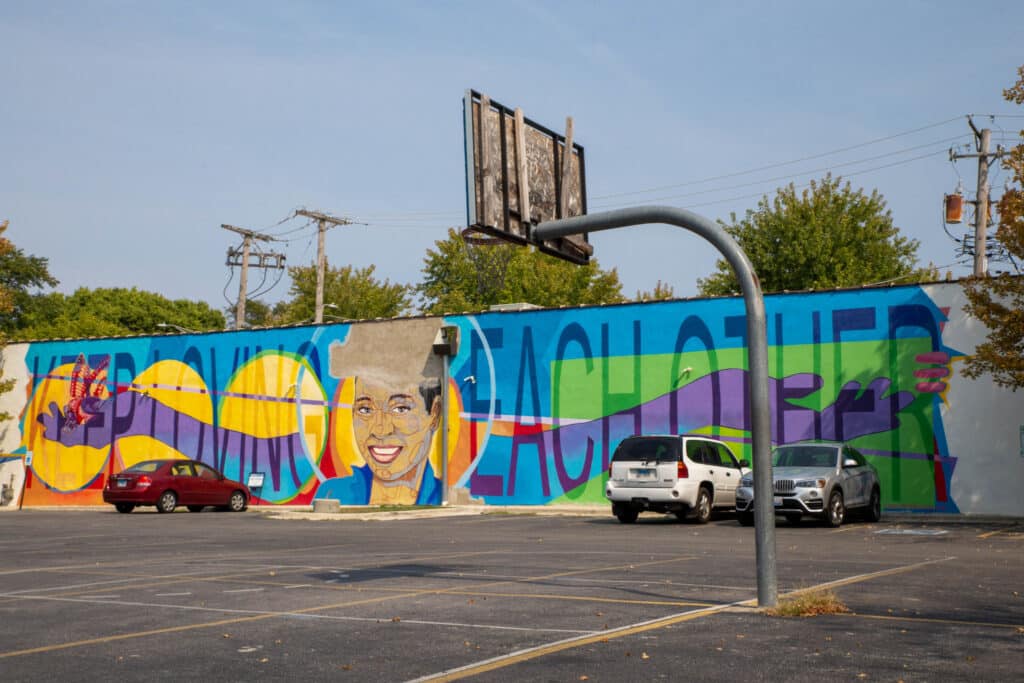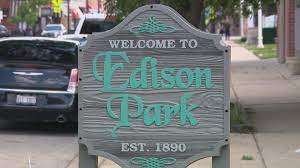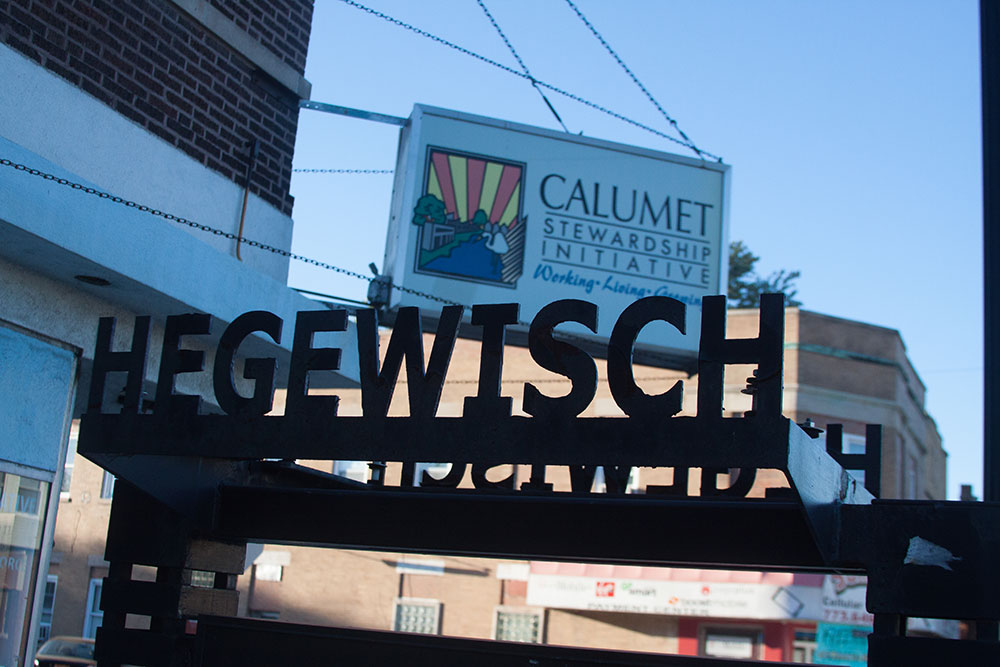Washington Park: A Historical Neighborhood in Chicago
Washington Park is a vibrant and historically rich neighborhood situated on the South Side of Chicago. It encompasses an area of 372 acres, stretching from Cottage Grove Avenue to the Dan Ryan Expressway, and from 51st Street to 63rd. The neighborhood is named after the recreational park that runs along its eastern border.

Historical Roots
Early Settlement
The early history of Washington Park is marked by its settlement by a diverse group of immigrants. In the late 19th century, Irish and German workers who were employed in the railway and meatpacking industries began to establish homes in the community. These workers chose to settle in the western portion of the neighborhood, an area that had been a low-lying swamp until it was dredged in 1884.
Growth and Development
The late 1800s saw a rapid growth in the population of Washington Park. This expansion was fueled by the development of transportation routes that connected the neighborhood to the city center. By 1887, cable cars had reached 63rd Street on State Street and 67th on Cottage Grove. The elevated train, known as the “L”, extended the length of Washington Park into the Woodlawn area by 1907. This made the neighborhood an attractive location for both working-class and affluent residents.
Racial Transition and Tensions
Early 20th Century
The turn of the 20th century marked a significant demographic shift in Washington Park. The Great Migration saw a large number of African Americans move into the neighborhood, resulting in the departure of many of its white residents, a phenomenon often termed “white flight”. By 1930, the white population of Washington Park had fallen to just 7.8%.
Mid-20th Century
The racial transition in Washington Park was not without conflict. The neighborhood saw its share of racial tensions, with the Race Riot of 1919 being a notable example. Despite these challenges, by 1960, the population was 0.5% white, indicating a near-complete transition to a predominantly African American community.
Cultural and Religious Institutions
The cultural and religious institutions of Washington Park reflect the neighborhood’s racial transition. With the shift in the population, institutions that were once Irish Catholic, Greek Orthodox, or Jewish became African American establishments. For instance, St. Anselm Church, built in 1909 by Irish Catholics, became a black parish in the early 1930s.
Modern Challenges

Poverty and Public Housing
In recent years, Washington Park has been associated with poverty, urban blight, and public housing. The neighborhood contains one of the highest concentrations of public housing in the United States. The presence of industry in Washington Park is minimal, and there is no significant commercial center. As a result, the population of the community has declined from nearly 57,000 in 1950 to 14,146 in 2000.
Future Prospects
Despite the challenges, the community has shown resilience and a spirit of reinvention. The DuSable Museum of African American History, one of the largest African American museums in the country, moved to Washington Park in 1973. This nonprofit institution is devoted to the collection and preservation of African American history and culture, and is a beacon of hope and pride in the community.
Notable Personalities
Several notable personalities have lived in or been associated with the neighborhood. These include Dayvon Daquan Bennett, known as “King Von”, a rapper, and Deval Patrick, the 71st Governor of Massachusetts, who was raised in Washington Park. The neighborhood has also been the setting for works of popular literature, such as James T. Farrell’s Studs Lonigan trilogy.
Washington Park is a neighborhood with a rich history and a strong cultural identity. Despite the challenges it faces, the community remains resilient, and its residents continue to contribute to the cultural and social fabric of Chicago. As the neighborhood looks to the future, it carries with it the weight of its past, but also the hope of a brighter tomorrow.


